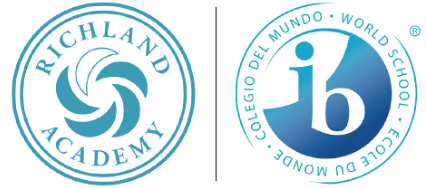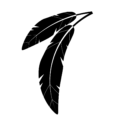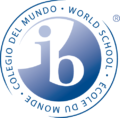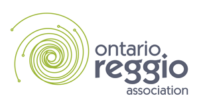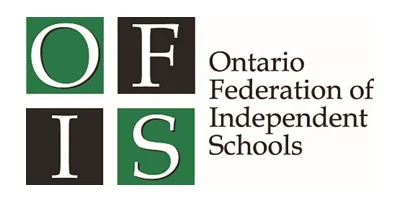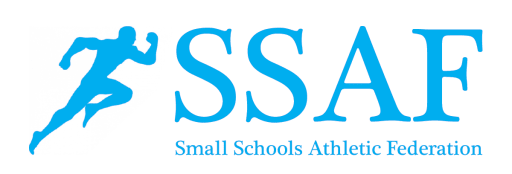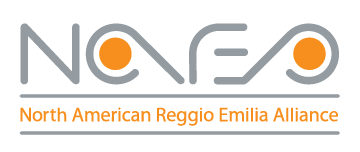We’re excited to share this intriguing documentation from our Reggio Lead and Senior Kindergarten Teacher, on her students’ initial explorations into understanding money.
The SK’s had decided that the dressing up area was to be converted into a restaurant. With that, came the need to understand how to count money. Out came the magnifying glasses, and a selection of Canadian coins for them to explore.
Through sketching, the children’s minds are focused on observing at a deeper level. Learning naturally occurs, as they compare what they see on one coin to another, and discuss their findings with each other. Differing colours and shapes scaffold the children’s learning, as they begin to sort and categorize the coins. “Mine’s got a boat on it,” G.M. shared, and “There’s a bird on mine”. (A.S.)
 They are intrigued by the coins found in their teacher’s purse, and linger over the feel and sound of them, as the purse is passed around at the Morning Meeting. Coins begin to appear from home and are shared like ‘treasures’. A.M. asks his friends to count their value. “My Uncle gave me two toonies, and he said I mustn’t loose them. How many pennies is that? I know, it’s four hundred, you know.”
They are intrigued by the coins found in their teacher’s purse, and linger over the feel and sound of them, as the purse is passed around at the Morning Meeting. Coins begin to appear from home and are shared like ‘treasures’. A.M. asks his friends to count their value. “My Uncle gave me two toonies, and he said I mustn’t loose them. How many pennies is that? I know, it’s four hundred, you know.”
Families want to enrich the children’s learning, and in comes a money drawer from an old till. The children begin to make paper bills for it, and look around the classroom for objects that can symbolize the coins that they need. They suggest the sketches of the coins they have created be put up in the ‘restaurant’. They feel that they can help remind each other about how much each coin is worth.
As their teacher, I am pleased that the children are able to construct their own learning through such an ‘authentic experience.’ It is they who lead the path to their own understandings, and meet and exceed the expectations relating to Ontario Curriculum in this area.

